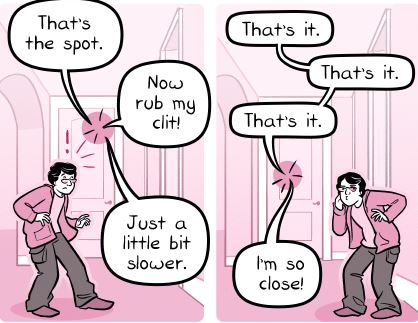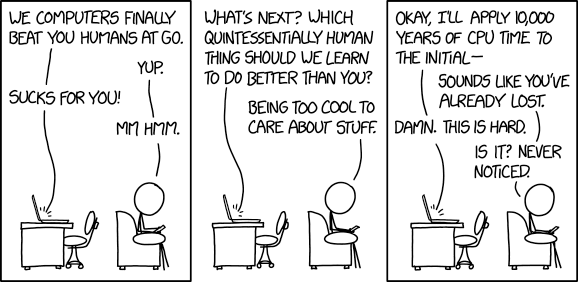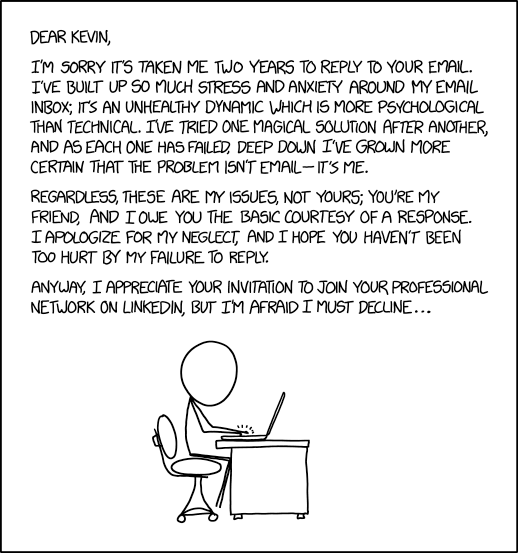This review of Cygnet Nursery Kidlington Ltd originally appeared on Google Maps. See
more reviews by Dan.
Loving, friendly staff provide a great environment for fun and development for babies through preschoolers. Failed an Ofsted inspection in 2016 but were swiftly able to act upon the
report and make the necessary changes and have since gone from strength to strength (once this is out of recent memory, I’d upgrade my review to 5 stars).
Of particular credit to them is the diversity of play and learning activities they provide and their thorough feedback to parents on their children’s development.


